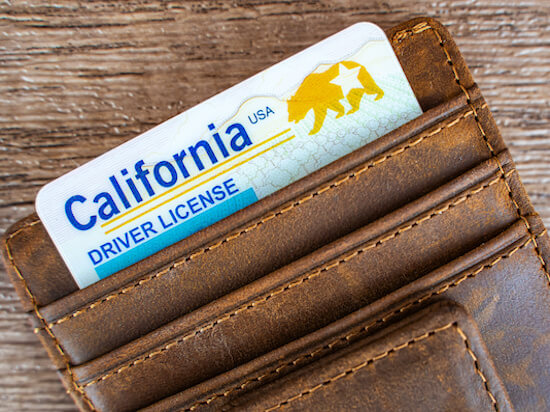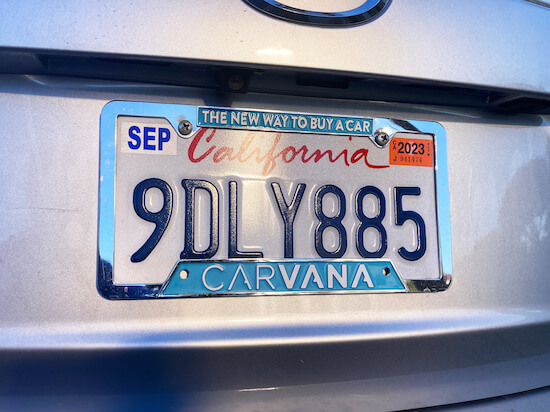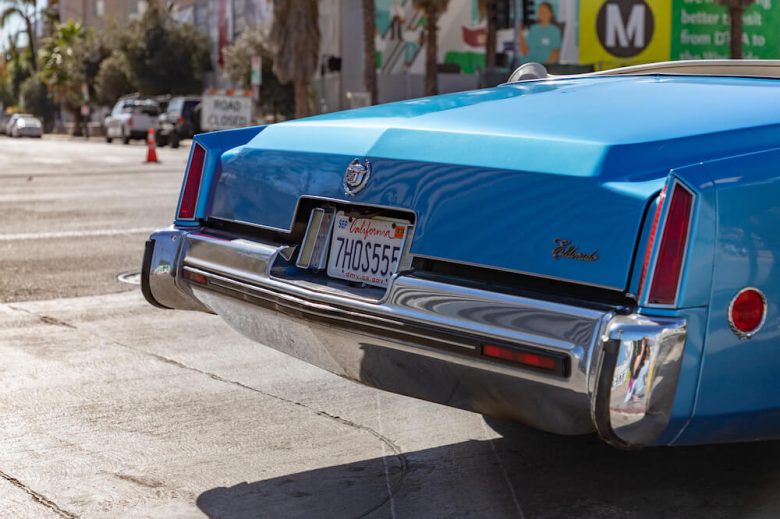Hollywood glamour, tech jobs, and sunny coastlines are just some of the reasons people move to California. According to the American Community Survey, a total of 5.8 million people moved to California from other parts of the U.S. from 2010 to 2021. And last year alone, the U.S. Census estimate showed more than 125,000 new residents moved to the Golden State.
Use eTags© to Quickly Complete Your DMV Service. Renewals, Title Transfers and More, All Online!
Establishing residency in California
If you decide to make CA your home, you must first establish residency for income tax purposes, in-state tuition if you decide to attend school or have children that to enroll in public school, not to mention a CA driver’s license and registration, especially if you brought a vehicle from out of state. Without establishing residency, you may find yourself in a situation of double taxation and no one wants that!

Home, utilities, forwarded mail, and more
Becoming a California resident isn’t hard, it just takes a few steps and some paperwork, mostly for proof. The easiest first step to make the Golden State home is to buy a house or sign a lease for a rental. Make sure to set up utilities, connected to your home address.
If you’re renting a place, you can ask your landlord to write a letter of residency on your behalf. This can help you apply for a driver’s license, get hired, or even serve as proof that your children live in a certain district when applying for public school. A proof of residency letter is not a “must” but can help make the paperwork process smoother, since it’s a sworn statement attesting that you live in a particular address.

Don’t forget to change your address permanently and have all your mail forwarded to your new place. You can also change your address formally with social security administration or the IRS. It’s also a good idea to switch banks to a California-based one, the more ties you have to CA, the better especially if you come from a high taxes state like New York or New Jersey.
Transferring your out-of-state driver’s license
The state of California requires you to pass a vision exam as well as a written knowledge test when transferring your out-of-state driver’s license to a CA one. If your out-of-state license has expired, you’ll also have to pass a driving (road) test. Then you must go in person to a DMV office to pick up and submit a Driver License or ID Card Application form known as DL 44. Your first CA driver’s license with be temporary and for 90 days, but you’ll have a permanent one sent to your new CA address before it expires.

California title transfer plus car registration
If you brought a vehicle or two along with you, that mode of transportation is an out-of-state car. You have 20 days to register your vehicle(s) in the Golden State after becoming a resident. But you have 10 days to transfer your out-of-state car title to a California one, so might as well do both (title transfer and registration) 10 days into your residency.
SEE ALSO: RENEW YOUR CALIFORNIA REGISTRATION ONLINE
To title plus register your out-of-state vehicle in CA you need:
• Your out-of-state vehicle title, plus out-of-state registration car
• A completed Application For Title and Registration aka Form /reg 343
• California auto insurance—minimum requirements are $15,000 for injury/death to one person. $30,000 for injury/death to more than one person, and $5,000 for damage to property
• A valid smog certificate, meaning you had an emissions test done by a DMV-approved inspector, unless your car was made prior to 1975 (car safety inspection isn’t required)

•A completed VIN inspection (since your car is out-of-state)
Once all is filed with the California DMV, you’ll get your new CA title, registration card, license plates and stickers or tabs. You can file and process your vehicle title transfer and registration online with eTags!
Welcome to California!








